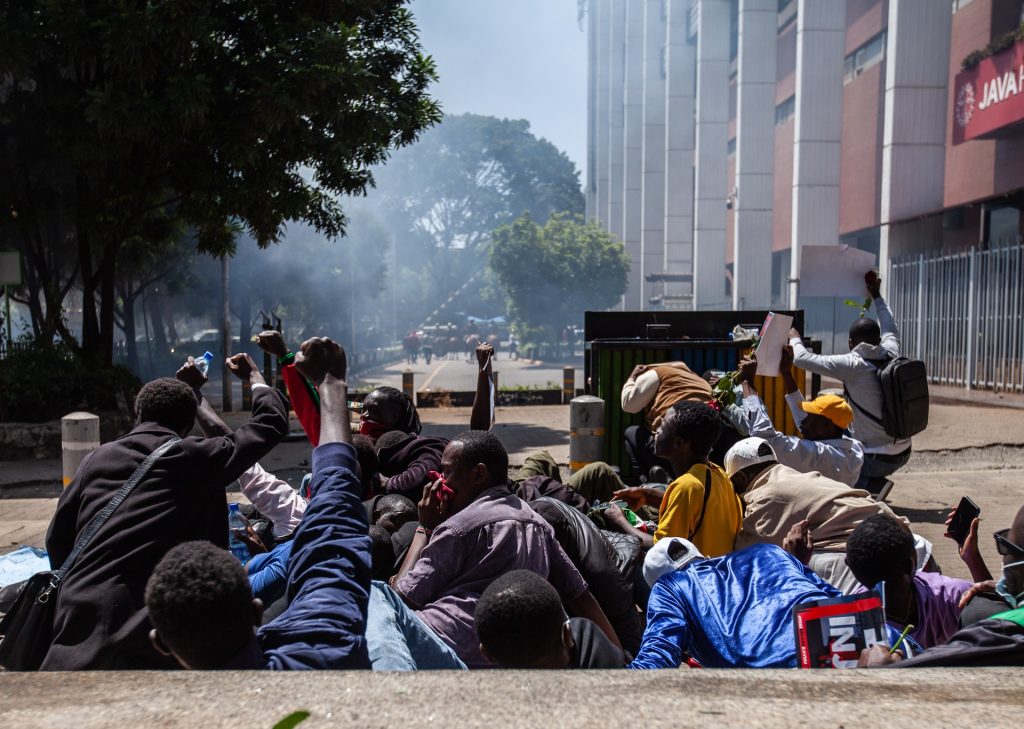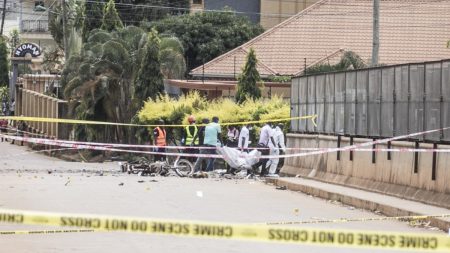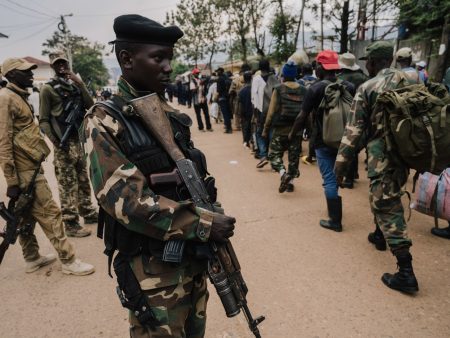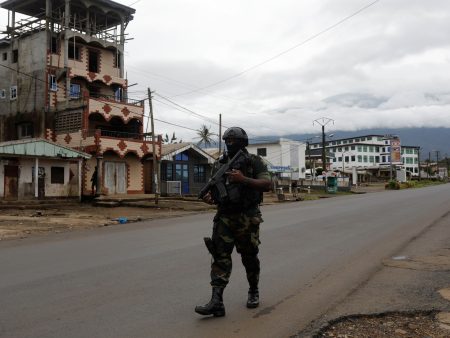Political cartooning in Kenya, a nation grappling with a legacy of authoritarianism and democratic aspirations, has historically been a perilous profession. While cartoonists have faced censorship, lawsuits, and threats, the recent abduction of Gideon Kibet, known as Kibet Bull, marks a disturbing escalation. Kibet’s use of silhouettes to satirize President William Ruto’s administration, perceived by many as increasingly authoritarian, has made him a target. This incident follows a pattern of state-sponsored abductions of activists and critics, highlighting the fragility of Ruto’s regime and its intolerance of dissent.
Kibet’s abduction underscores a shift in the Kenyan government’s approach to dissent. During the oppressive Moi regime, while journalists and writers faced persecution, cartoonists were largely spared. Ruto’s administration, however, appears to view even symbolic critiques as a substantial threat, resorting to enforced disappearances, a tactic reminiscent of past authoritarian regimes. This targeting of Kibet, a popular figure known for his pointed critiques of the president’s policies and perceived inadequacies, signals a heightened sensitivity to public opinion and a willingness to suppress dissent through extrajudicial means.
The current political climate in Kenya is characterized by Ruto’s tenuous hold on power, fueled by a contested election victory and widespread protests against his policies. These protests, triggered by unpopular tax hikes, have exposed the president’s vulnerability and spurred a wave of activism demanding his removal. Ruto’s response has been a mixture of concessions, such as cabinet reshuffles, and intensified repression, epitomized by the abductions. This duality reveals a leader struggling to balance the demands of governance with the insecurity of his position.
Kibet’s cartoons, often depicting Ruto in unflattering and comical situations, have become a rallying point for those critical of the president. The regime’s reaction, resorting to abduction rather than engaging with the criticism, reveals a deep-seated fear of satire and its potential to undermine authority. This heavy-handed approach not only silences dissent but also fuels further resentment and mistrust among a population already disillusioned with the government’s performance and authoritarian tendencies. The abductions, including that of Kibet, are not isolated incidents but part of a larger pattern of repression targeting activists, journalists, and now, cartoonists.
Ruto’s recent acknowledgment of “excessive and extrajudicial actions” by security forces, while seemingly a concession, also attempts to shift blame to citizens exercising their “rights and freedoms.” This rhetoric suggests a reluctance to accept responsibility for state-sponsored violence and a continued disregard for fundamental rights. His apparent disdain for historical education further indicates a disconnect from the lessons of past regimes, which have repeatedly demonstrated that brutality and suppression of dissent ultimately undermine legitimacy and stability.
Ruto’s insecurity is further evidenced by his attempts to manipulate the electoral process years in advance, suggesting a preoccupation with maintaining power at all costs. His frequent cabinet reshuffles and even the maneuvering against his own deputy paint a picture of a leader struggling to consolidate control and maintain a cohesive government. This internal instability, coupled with his external challenges, including the ongoing youth-led movement seeking his ouster, paints a portrait of a presidency beleaguered by self-inflicted wounds and external pressures. His targeting of young people and artists like Kibet, who represent a potent force for change, exposes the regime’s desperation and reinforces its image as intolerant of criticism and fearful of the power of satire.










